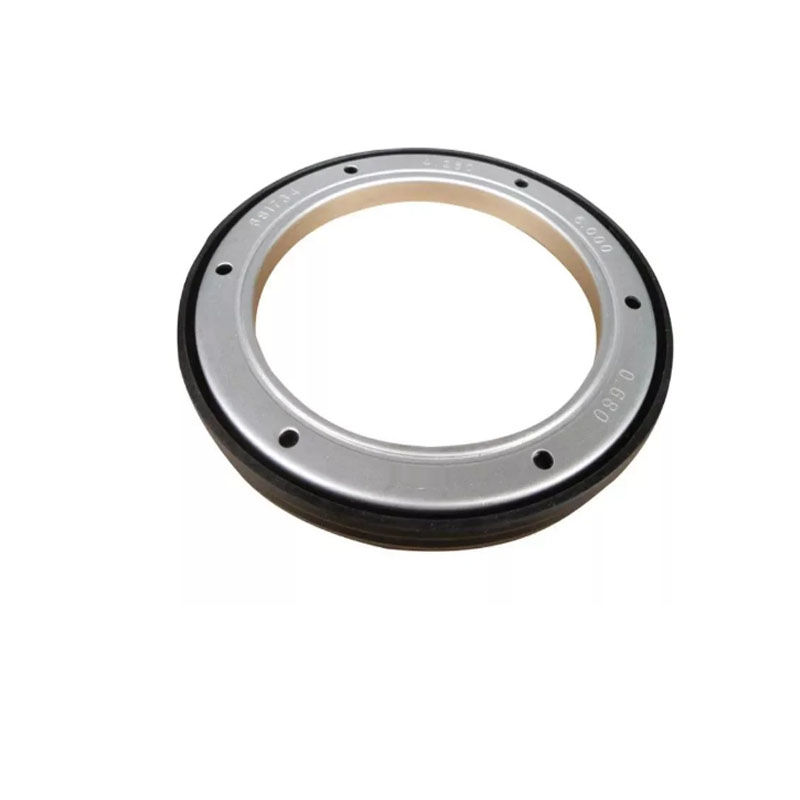torque converter oil seal
Understanding the Torque Converter Oil Seal Its Function and Importance
The torque converter is a crucial component of an automatic transmission system in vehicles, enabling the smooth transfer of power from the engine to the transmission. One of the essential parts that aid in the efficient functioning of the torque converter is the oil seal. The torque converter oil seal plays a significant role in maintaining the integrity and performance of the entire transmission system.
What is a Torque Converter Oil Seal?
A torque converter oil seal is a circular component typically made of rubber or a rubber-like material, designed to prevent the leakage of transmission fluid from the torque converter housing. It forms a tight seal around the rotating shaft that connects the torque converter to the transmission and engine. By doing so, it ensures that the hydraulic fluid, which is essential for the converter’s operation, stays securely within the designated areas, thus maintaining the pressure required for optimal performance.
Function of the Torque Converter Oil Seal
The primary function of the torque converter oil seal is to retain the transmission fluid within the system. The torque converter relies on hydraulic pressure to transfer force from the engine to the transmission smoothly. If the oil seal fails, it can lead to fluid leaks, which can significantly compromise the performance of the torque converter. Insufficient hydraulic fluid can cause slipping, overheating, and eventual failure of the transmission.
In addition to retaining fluid, the torque converter oil seal also protects internal components from dirt, debris, and contaminants
. It acts as a barrier against external environmental factors that could lead to wear and tear on the torque converter, ensuring longer service life and improved reliability.Signs of a Failing Oil Seal
Understanding the signs of a failing torque converter oil seal is crucial for vehicle owners to take timely action. Some common indicators include
torque converter oil seal

1. Fluid Leaks The most apparent sign is the presence of transmission fluid pooling under the vehicle. This fluid is usually red or brown and is an indication that the oil seal might be compromised. 2. Slipping Transmission If the vehicle hesitates or has difficulty transitioning through gears, it could signal insufficient hydraulic pressure, often caused by oil loss.
3. Overheating Low transmission fluid levels can lead to overheating of the transmission system, marked by unusually high temperatures and a burning smell.
4. Unusual Sounds Grinding or whining noises coming from the transmission could indicate that the torque converter is not receiving adequate lubrication due to fluid loss.
Maintenance and Replacement
Regular maintenance of the vehicle’s transmission system can significantly extend the life of the torque converter oil seal. Checking the transmission fluid levels, as well as the condition of the fluid, is a crucial part of vehicle upkeep. If the fluid appears dirty or has a burnt smell, it may be time for a change, which can also involve inspecting the oil seal for any signs of wear.
If a torque converter oil seal is found to be damaged or leaking, it should be replaced promptly. Ignoring such issues can lead to more extensive and costly repairs. Replacement typically requires disassembling the transmission or torque converter, underscoring the importance of professional diagnosis and service.
Conclusion
The torque converter oil seal, while often overlooked, plays an essential role in keeping the transmission system functioning efficiently. Regular checks, maintenance, and timely replacement can help prevent significant issues and ensure that the vehicle operates smoothly. Being aware of the signs of a failing oil seal and addressing them promptly can save vehicle owners from unnecessary inconveniences and repair costs in the long run.
-
The Ultimate Guide to Car Repair Kits: Tools and Essentials Every Driver Should Own
News Aug.01,2025
-
The Complete Guide to Oil Pan Gaskets: Sealing Engine Leaks the Right Way
News Aug.01,2025
-
Preventing Oil Leaks: A Complete Guide to Oil Pan Gaskets and Drain Seals
News Aug.01,2025
-
Everything You Need to Know About Oil Pan Gaskets and Drain Plug Seals
News Aug.01,2025
-
Essential for Car Owners: How to Use a Car Repair Kit to Deal with Minor Breakdown
News Aug.01,2025
-
Comprehensive Guide to Engine Oil Sump Gaskets and Related Seals
News Aug.01,2025
-
The Ultimate Guide to Boat Propeller Bearings and Trailer Wheel Bearings
News Jul.31,2025
Products categories















